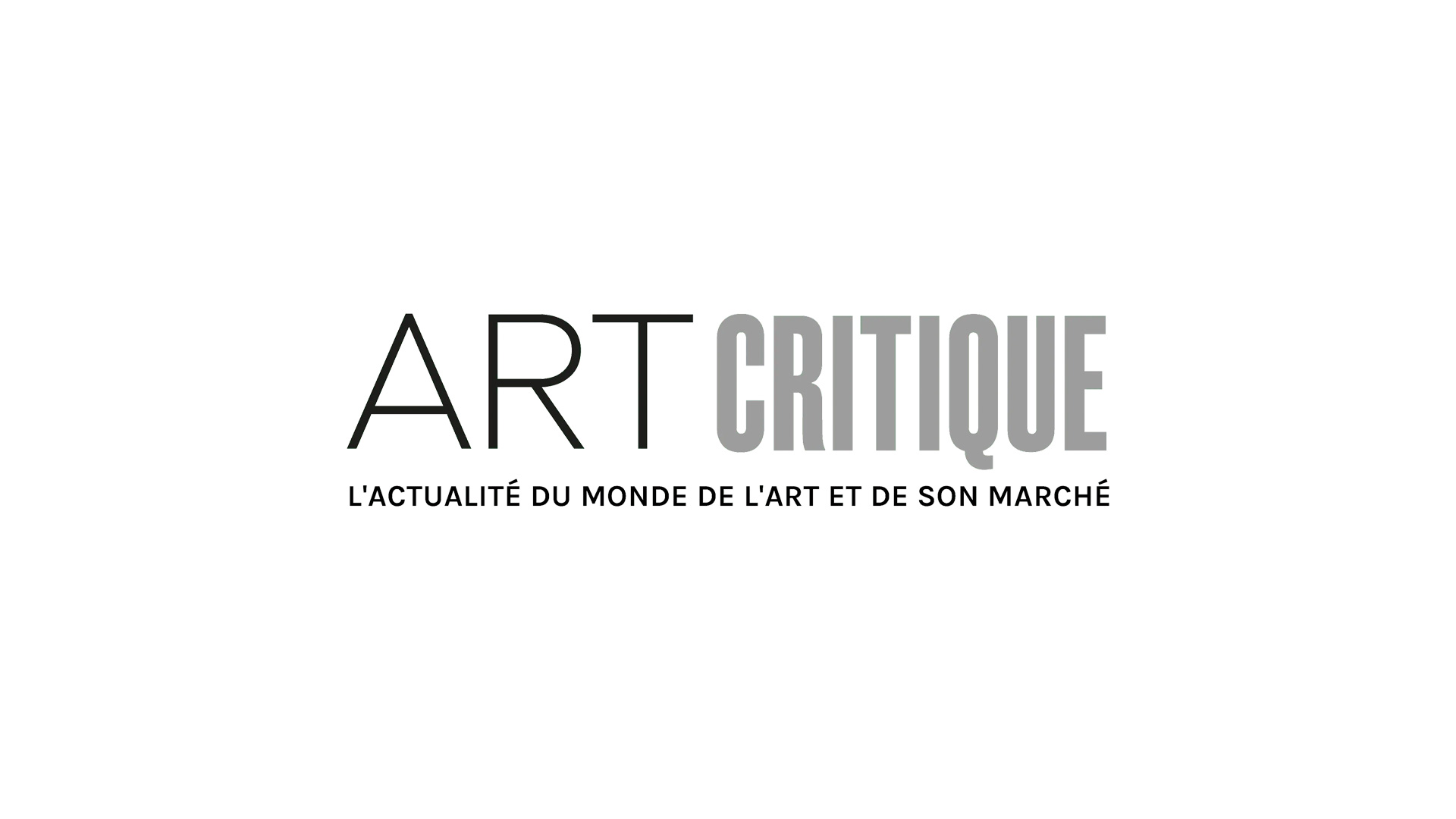Anne Teresa
A feeling of patriotic pride came over me when I attended the opening of the retrospective of Anne Teresa De Keersmaeker’s work during the Fall Festival. On September 15 in the Anticipations building, specifically designed by Rem Koolhaas, the Belgian choreographer presented a piece called Violin Phase which was performed by Yuika Hashimoto as a kind of preview of De Keersmaeker’s upcoming retrospective. The piece, which dates back to 1967 and features music from Steve Reich, is one of her most famous as a result of its limited variety of movements and its repeated spinning of arms over and over which has since evolved into the choreographer’s own kind of physical signature. The ideal vantage point for the audience to view the piece was from a height of 20 meters, maybe more… And the real surprise, for those who have previously seen the piece performed on a horizontal stage, was to see it recreated on a ground covered in white sand which the dancer’s steps uncovered to reveal the black floor. The performance of the piece culminated with the appearance of a wheel and its spokes that unitentionally gave it a certain Belgian flavour, a familiar theme of Alechinksy’s.
Strange coincidences and fascinating encounters of what so many 20th century artists, beginning with the Gutaï group and one of its heroes, Kazuo Shiraga, want to experience: painting with one’s whole body and imposing a geometry in the space through a choreographed walk or, quite simply, “painting with your feet”. Far from what motivated someone like Yves Klein, we might also, simply by watching this magnificent metronomic dancer, describe the performance as anthropometric.
Anne Teresa de Keersmaeker’s 20 minute performance of the Yuika Hashimoto piece showed no signs of exhaustion and was extended with a wistful confession on her recollection of how it was created. The ravages of time, however, as well as physical injuries have now forced her to allow other dancers to take over.
Dance is an art which is commonly thought of as being transitory and made up of complete movements which, apart from being recorded on film, cannot be reproduced. The importance of this tribute organized by the Fall Festival is to remind us that the art of dance is indeed transmissible, that body movements can be taken up and studied well after the initial performance by their creators and reinterpreted by new bodies. Suddenly, I began thinking about how, in the era of limitless reproduction that digital technology allows, this transmission bias of physical invention passed on to actual new bodies was probably not a coincidence. This certainly doesn’t mean to suggest that this is the first time that a choreographed piece has has had a life beyond the initial performance of its creator. But the preoccupation with preserving major works from authors who are no longer alive (for example the recent revivals of Merce Cunningham and Pina Bauch’s ballets) that some companies have seems to me to be a sign that we don’t have to settle only for digital recordings of opening night performances of choreographed pieces.





